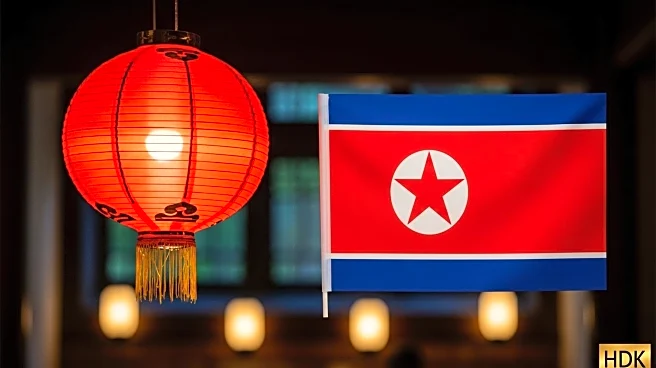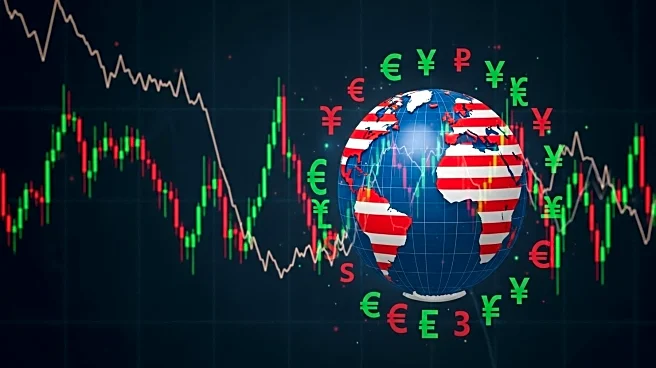What's Happening?
Asian shipbuilders are increasingly becoming formidable competitors to Western firms, as highlighted by the United Nations Trade and Development's (UNCTAD) latest maritime industry analysis. The report indicates that the United States accounted for only 0.04% of global shipbuilding output in 2024, with a mere 0.1% of the global orderbook by gross tonnage at the start of 2025. In contrast, China has emerged as a leading global shipbuilder, responsible for half of the world's shipbuilding output by gross tonnage in 2023, and increasing its share to 55% in 2024. South Korea and Japan are also significant players, focusing on high-value and high-tech segments. South Korea, however, faces labor challenges, prompting the government to relax immigration laws and establish a shipbuilding training center in Indonesia.
Why It's Important?
The shift in shipbuilding dominance from Western countries to Asian nations has significant implications for global economic dynamics. As Asian countries like China, South Korea, and Japan continue to expand their shipbuilding capabilities, they are poised to capture a larger share of the market, potentially affecting Western economies that have traditionally relied on shipbuilding as a key industry. This transition could lead to increased competition and innovation in shipbuilding technologies, particularly in energy-saving and low-carbon fuel technologies. The economic impact extends to labor markets, as countries like South Korea adjust immigration policies to address workforce shortages, influencing global labor mobility and economic strategies.
What's Next?
Asian shipbuilders are expected to continue leveraging technology and expanding their production bases to maintain their competitive edge. South Korea and Japan may regain some market share by focusing on higher-value ships equipped with advanced technologies. The anticipated growth in demand for energy-efficient ships could drive further innovation and investment in the sector. Additionally, the global shipbuilding capacity is projected to increase, with China leading the expansion. This could result in more strategic partnerships and investments across Asia, potentially reshaping the global maritime industry landscape.
Beyond the Headlines
The rise of Asian shipbuilders not only challenges Western dominance but also highlights broader economic and geopolitical shifts. As countries like China and South Korea invest in shipbuilding, they strengthen their industrial capabilities and influence in global trade. This development may lead to increased political leverage in international maritime policies and negotiations. Furthermore, the focus on energy-saving technologies aligns with global efforts to combat climate change, positioning Asian shipbuilders as leaders in sustainable maritime solutions.











